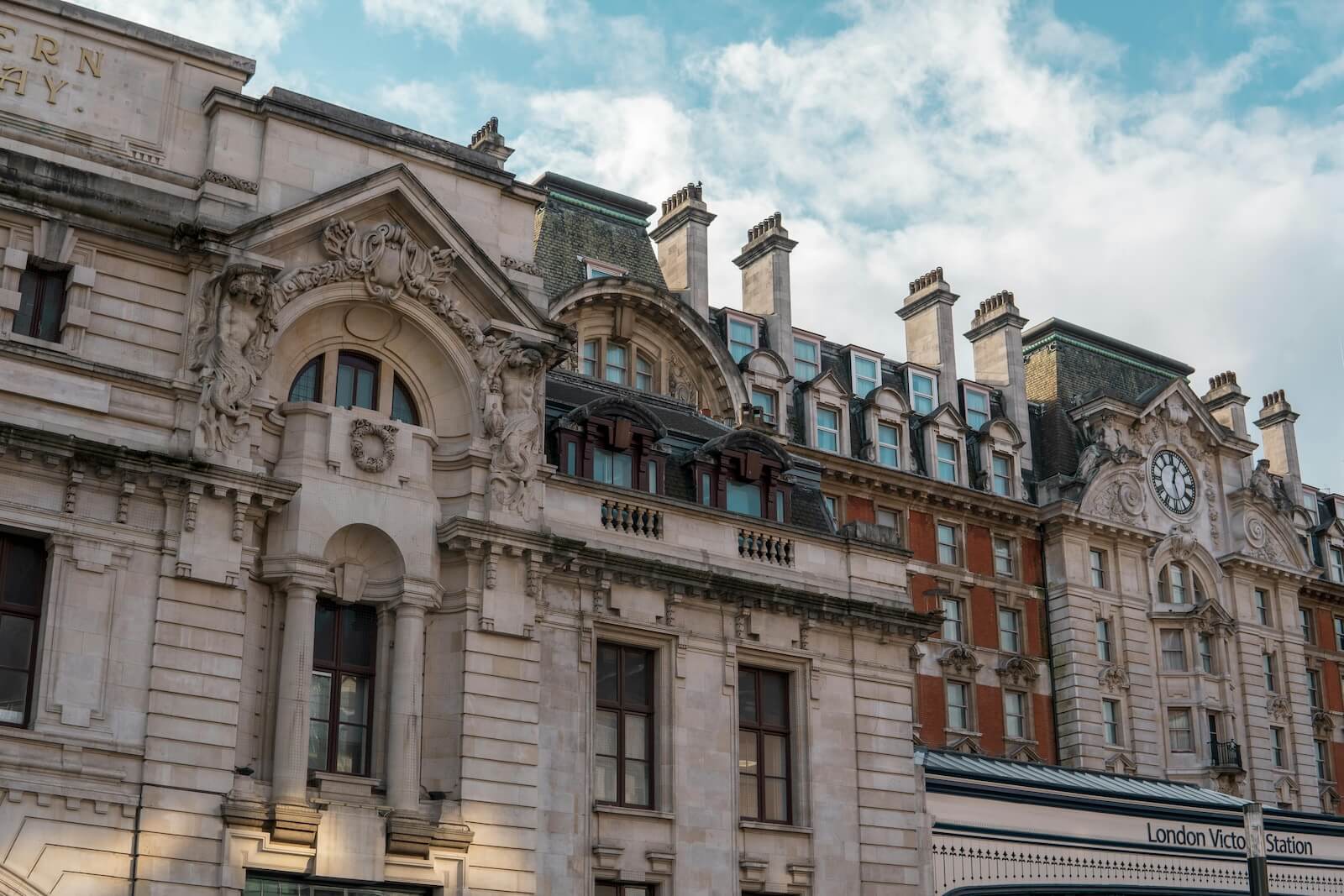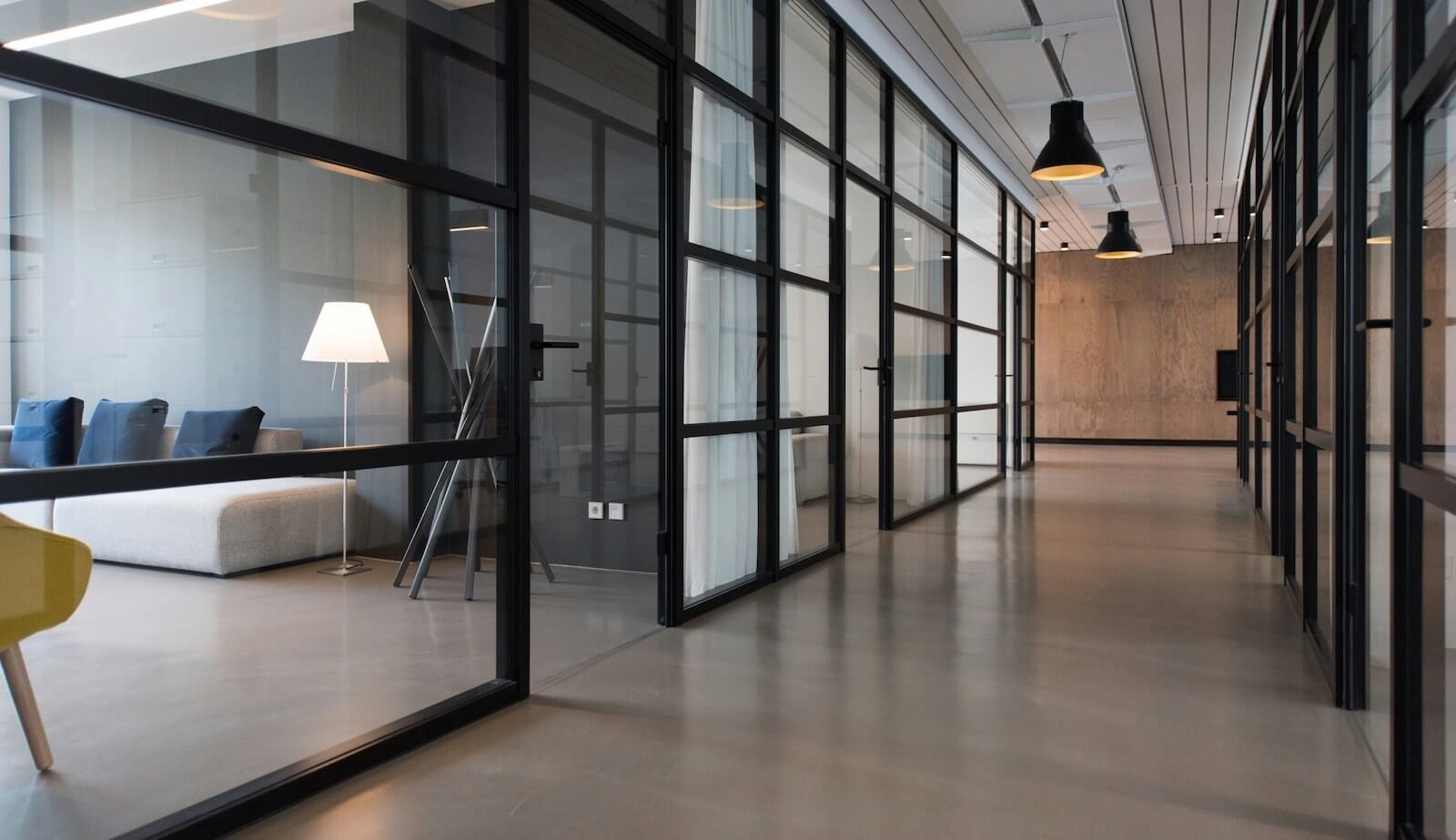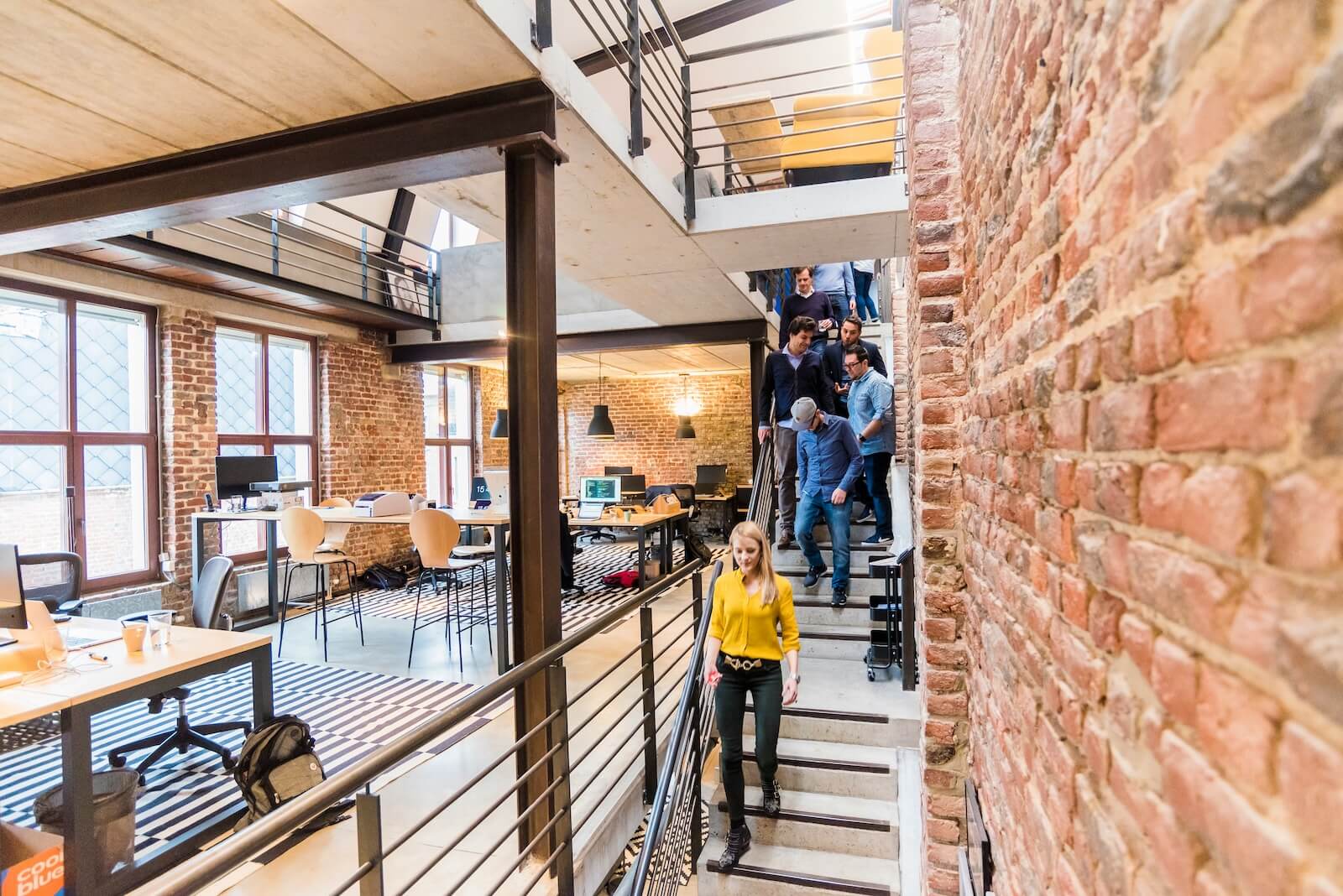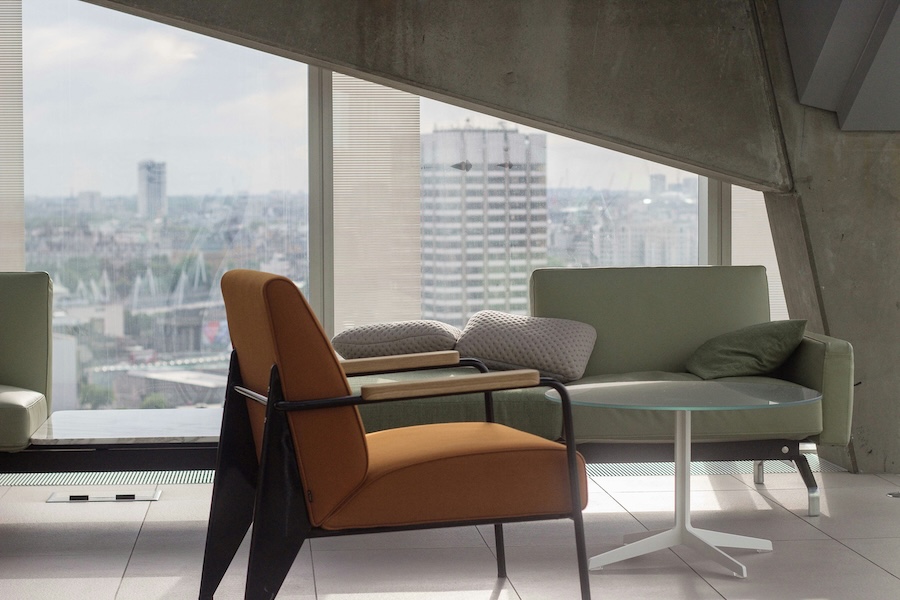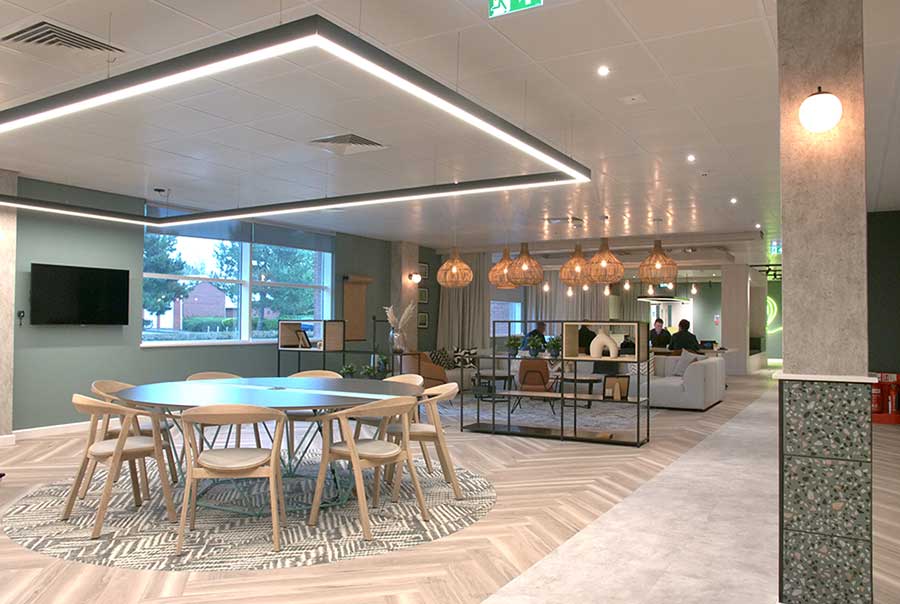London is home to some of the most beautiful, listed Victorian and Edwardian buildings in the country. However, the high ceilings, original cornicing, period fireplaces, and historic architectural features that define these spaces are becoming harder to find in today’s modern, new-build property market.
So, if you have an office in a building still rich with heritage, you know you’ve got something special. With this comes a responsibility to ensure the building is protected and maintained in accordance with the additional regulations that apply to listed buildings. This means that, when you’re planning a London office fit out, refurbishment, or design in one of these buildings, you need to think way beyond aesthetics.
If your workspace is in a listed building, you’re fortunate, but you’re also navigating a complex landscape of heritage constraints and modern building regulations that can feel pretty overwhelming if you’re not prepared for them.
The good news? With the right planning and an experienced London office design partner, you can create a functional contemporary workspace that respects and celebrates your building’s heritage whilst still ticking all the necessary compliance boxes.
Why London office-owners love heritage sites
There’s a reason London-based businesses love Victorian and Edwardian offices, even if they do require extra care (and paperwork). These buildings offer something that modern glass towers simply can’t replicate: history, character and individuality. The City of London, areas around iconic landmarks like St Paul’s Cathedral and boroughs like Kensington and Chelsea are packed with these heritage gems.
Many of London’s most prestigious businesses also chose to base themselves in these historic properties because they convey a sense of prestige. That architectural heritage, when handled thoughtfully, can become part of the business’s brand story and influence people’s opinions of it.
The industrial-luxe aesthetic that has been trending across London for many years owes a lot to period properties. Exposed brickwork, original wooden beams, high ceilings paired with contemporary furniture and cutting-edge technology – this combination is what makes London office interior design so desirable to so many businesses.
Listed buildings and heritage constraints
When we talk about listed buildings in London, we’re referring to structures officially recognised as being of special architectural or historic interest. The City of London has the highest concentration of listed buildings of anywhere in the UK and you’ll find them dotted all over the capital.
Many of these properties aren’t just beautiful; they’re also protected. If your Victorian or Edwardian office is in a conservation area or a listed building, you’ll need to navigate heritage constraints that are quite different from those you’d face with a modern office fit-out.
Listed Building Consent (LBC)
If your office is in a listed building or a conservation area, you’ll need Listed Building Consent (LBC) for certain types of work. This is where the local planning authority thoroughly assesses any changes you propose, especially if they affect the building’s character or appearance.
This isn’t just a tick-box exercise; it’s a crucial step to take in preserving the building’s historical integrity. It means you can’t simply knock down internal walls, replace original windows with modern ones, or remove period features without consent and detailed justification. Even things like painting over original brickwork or changing door ironmongery may require official approval.
Sympathetic office fit out
Don’t worry, although this sounds extremely restrictive, needing LBC doesn’t mean you can’t modernise a period space at all. However, it does mean you need to think carefully about how you introduce contemporary elements alongside heritage features.
Glass partitioning is a perfect example of how listed buildings and modern office requirements can coexist beautifully. You get the space zoning and flexibility of modern office design without compromising original architectural features.
The same applies to services like heating, cooling and ventilation. These are essential for a functional and comfortable modern office but running pipework and ductwork through a Victorian or Edwardian building needs to be done carefully. Often, it’s about creative routing, painting services in feature colours that complement the heritage aesthetic or concealing them where possible.
Balancing building regulations in historic London offices
Building regulations exist to ensure that buildings are safe, accessible and energy-efficient. They’re mandatory, regardless of whether your building is listed or not. However, in a heritage property, you sometimes face a genuine tension between what modern building regulations require and what heritage conservation calls for. Thermal performance, heating and ventilation are areas where this is particularly common.
Thermal performance
Recent updates to building regulations, including the new standards around Part L (conservation of fuel and power), are pushing for stricter energy efficiency. This means better insulation, more efficient heating systems and improved airtightness.
In a regular modern office, you could simply upgrade your windows to high-performance triple glazing. In a listed building, on the other hand, you might not be able to replace original sash windows because they’re considered part of the building’s protected heritage.
In this case, you could use internal wall insulation, careful draughtproofing of existing windows or even specialist secondary glazing that preserves the original character whilst improving thermal performance.
Heating
It’s a similar situation where heating is concerned. New regulations increasingly favour heat pump technology over traditional gas boilers as part of the move towards net zero by 2050. In a listed building, you can’t simply place a large external unit on the façade – you need to think more creatively about placement (e.g., in a courtyard, via internal routing or using less visible alternatives).
Ventilation
Ventilation is another area where listed building constraints and modern regulations meet. You need fresh air and indoor air quality standards but running large ductwork visibly through a period property isn’t ideal. Again, creative routing and careful design can solve this.
Read more: Recent building regulations: What it means for your London office fit out >>
Achieving EPC B compliance in a historic London office
If you’re undertaking a significant refurbishment in your London office, energy performance needs to be a real consideration. The government’s target for non-domestic buildings is an Energy Performance Certificate (EPC) B or higher by April 2030. So, if your old building currently has a low rating, you’ll need to address it, especially under Minimum Energy Efficiency Standards (MEES) regulations.
For a Victorian or Edwardian building, reaching EPC B might seem daunting, but it’s absolutely achievable. Rather than viewing energy efficiency as a compliance burden, think of it as an opportunity to create a workspace that’s not just more sustainable, but genuinely more comfortable and cost-effective to run.
This is where your London office fit out partner’s expertise really matters. The most effective approaches involve:
Insulation strategies
Adding internal insulation solutions where external insulation isn’t possible, upgrading roof or floor insulation, and addressing thermal bridging points. In period properties, this is often about working within spatial constraints rather than taking the simple approach.
Smart heating systems
Whether it’s a heat pump, a hybrid system, or even well-designed traditional heating with fully functional controls, the key is intelligent management. Modern building management systems can optimise heating around occupancy patterns and external temperatures, covering both compliance and cost savings.
Lighting controls and daylight
Modern offices need to maximise natural light but period properties often have specific window configurations that affect how daylight enters a space. Smart lighting controls, occupancy sensors, and integration between artificial and natural lighting all contribute to both energy efficiency and employee wellbeing.
Read more: The benefits of natural light in modern office design >>
Indoor air and humidity management
Energy-efficient ventilation systems that take heat from extracted air are becoming an essential part of office fit out as they improve indoor air quality whilst keeping energy use down. In a listed building, this is particularly beneficial because it means energy efficiency improvements and heritage conservation can work together rather than against each other.
Practical steps for your listed building office fit out
If you’re planning a London office fit out or refurbishment in a Victorian or Edwardian building, here’s how to approach it:
Start by understanding your building’s status
Is it listed? Is it in a conservation area? What’s its current EPC rating? What are the local planning policies in your borough? The answers to these questions will inform all of the next steps you’ll need to take. Working with a reputable office fit out company in your local area will make navigating this much easier.
Involve conservation officers and building control early
Getting their input during the design phase, rather than after you’ve committed to plans, saves time and money. These professionals can often point you towards solutions you might not have considered and steer you away from costly mistakes before you make them.
Consider phasing if the project is complex
Sometimes a staged approach makes both practical and financial sense. For example, you could address the most critical modern requirements in year one, then tackle heritage features and optimisation in year two. Phasing is especially important to consider if you think the project may disrupt business or employee wellbeing.
Work with an experienced office design company
Invest in a London office design company that understands both heritage conservation and modern workplace requirements. Your partner needs to know listed buildings inside and out, understand current building regulations, and be able to think strategically about how to balance competing demands.
Document everything meticulously
The Building Safety Act now requires thorough record-keeping throughout project lifecycles, and this is especially important in listed buildings where you need to demonstrate that changes were made carefully and with appropriate approvals.
Ready to transform your historic London office? Get in touch with the Penketh Interiors team to discuss how we can help you balance heritage conservation with contemporary office requirements.


